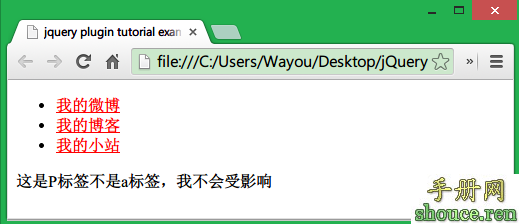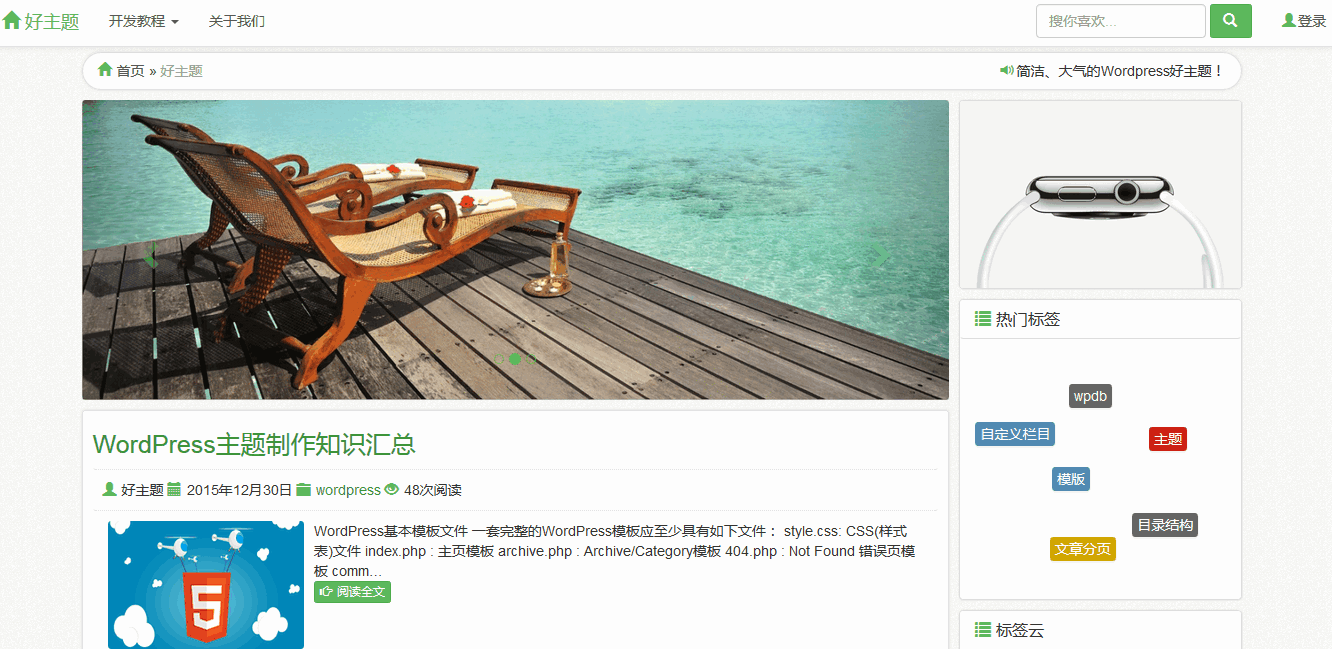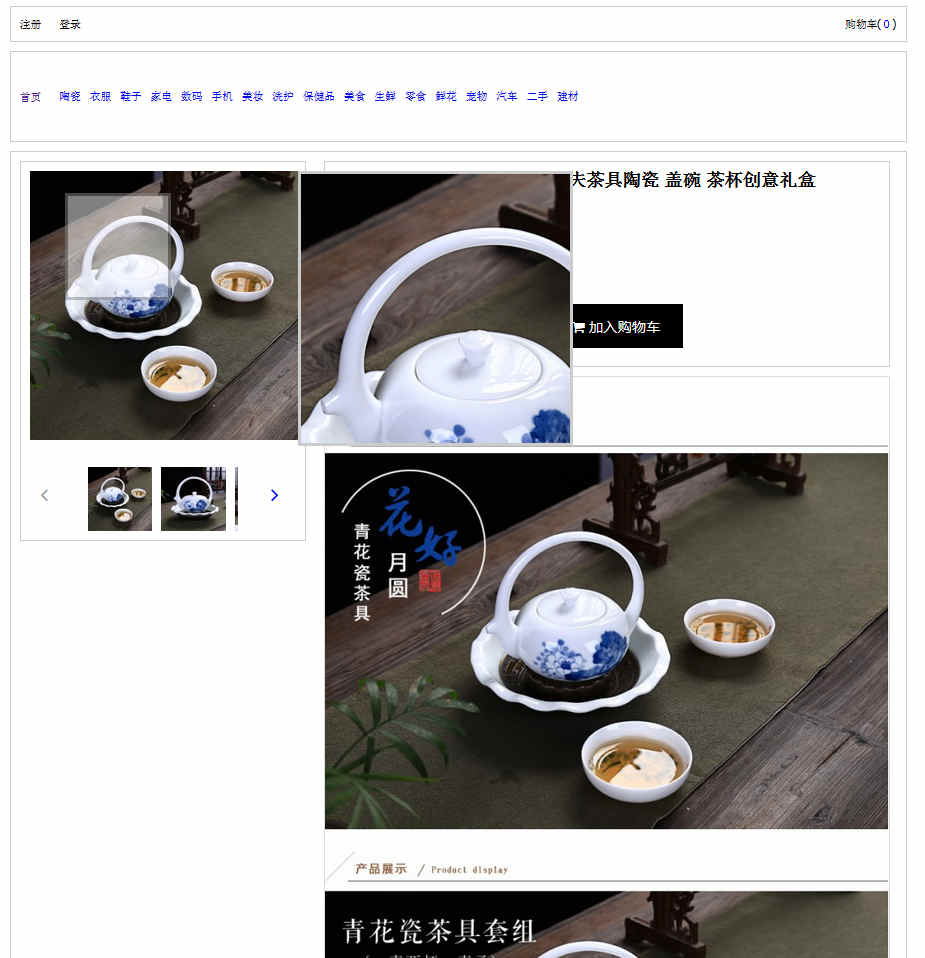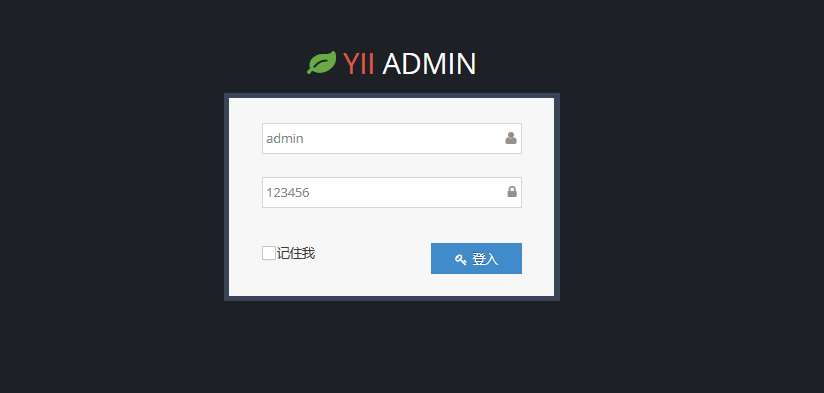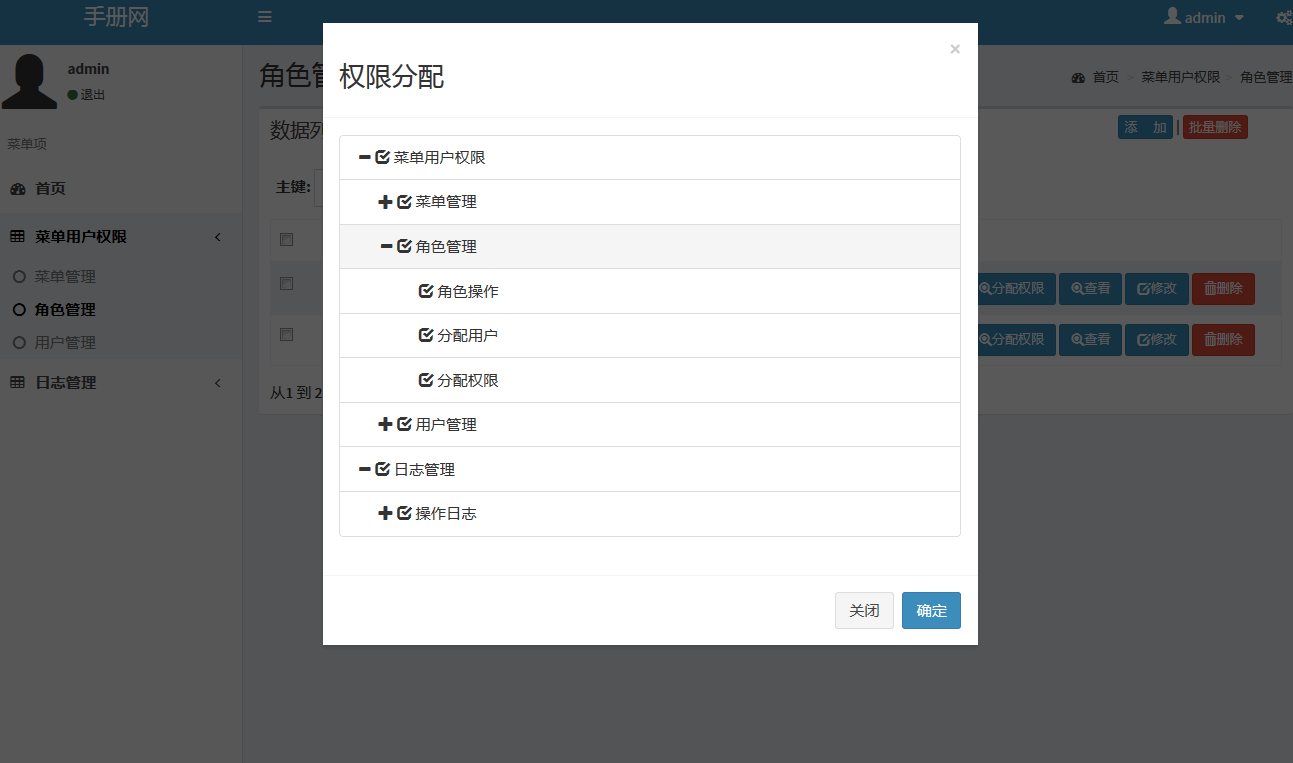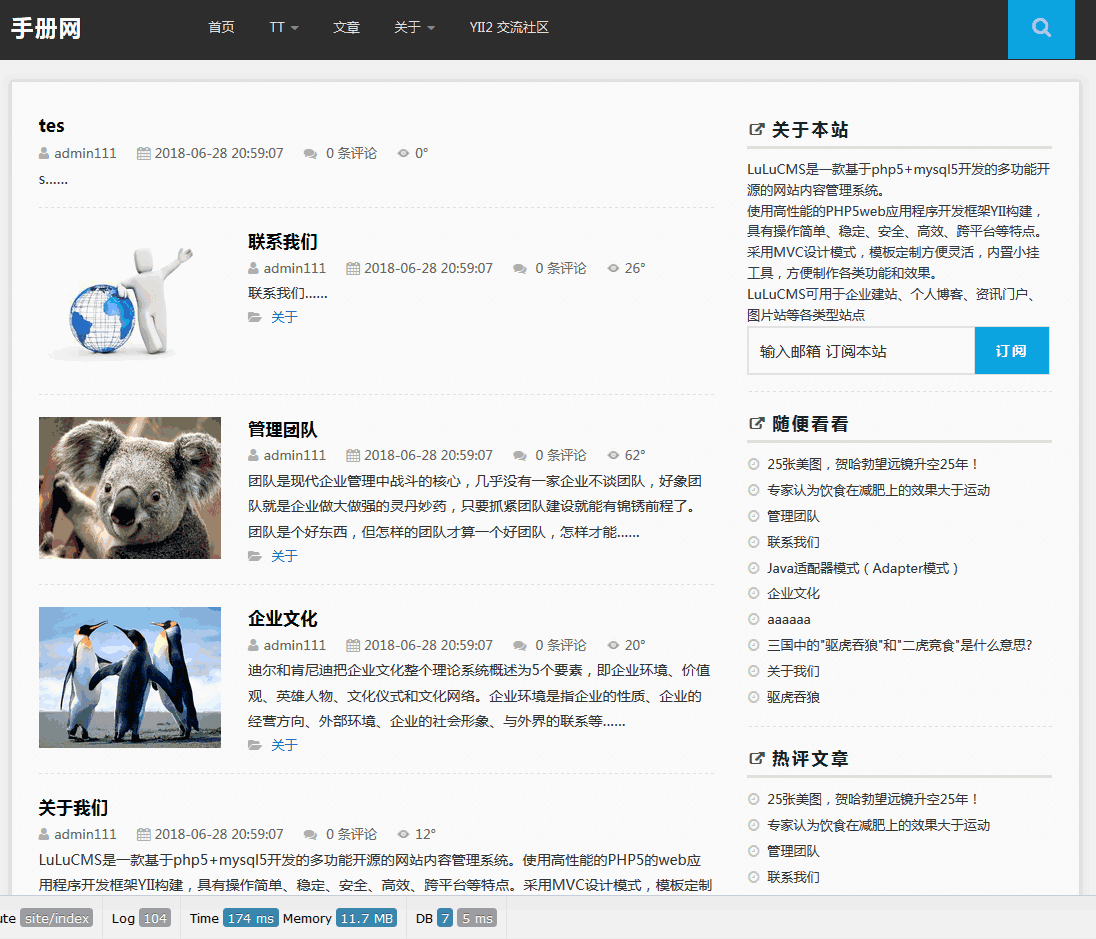iOS开发-数据存储NSCoder
软件中永远绕不开的一个问题就是数据存储的问题,PC的时候一般都是选择在数据库中存储,iOS如果是和后端配合的话,那么不需要考虑数据存储的这个问题,上次写了一下plist的存储,不过数据都是存储一些简单的键值对对象。本次需要将一些自己定义的类型存储在plist比如说图片,这个时候可以利用NSCoding协议,将数据地以类似档案的形式存储到plist文件中,然后从plist的文件中读取数据,使用协议的时候这个时候就会用到了NSCoder,如果对存档和解压没有概念的话,可以简单的理解为数据的序列化与反序列化。
基础概念
NSCoding是一个protocol. 如果实现了NSCoding,需要实现其中的两个方法:
- - (void)encodeWithCoder:(NSCoder *)aCoder;
- - (id)initWithCoder:(NSCoder *)aDecoder; // NS_DESIGNATED_INITIALIZER
方法中的主要的参数就是NSCoder,它是archivie字节流的抽象类.可以将数据写入一个coder,也可以从coder中读取我们写入的数据. NSCoder是一个抽象类,不能直接使用它来创建对象. 但是可以通过其子类NSKeyedUnarchiver从字节流中读取数据,NSKeyedArchiver将对象写入到字节流。本文以书籍为例:
新建一个Book类,Book.h中的代码:
- #import <Foundation/Foundation.h>
- #import <UIKit/UIKit.h>
- @interface Book : NSObject<NSCoding>
- @property (strong,nonatomic) UIImage *ConverPicture;
- @property (strong,nonatomic) NSString *BookName;
- @property (strong,nonatomic) NSString *Author;
- @property (strong,nonatomic) NSNumber *Price;
- @end
Book.m中实现NSCoding的两个方法,注意中UIImage的写法与其他有所不同:
- @implementation Book
- - (void)encodeWithCoder:(NSCoder *)aCoder{
- //注意这里是存储的是JPG图片的调用
- [aCoder encodeObject:UIImageJPEGRepresentation(self.ConverPicture,1.0)forKey:@"ConverPicture"];
- [aCoder encodeObject:_BookName forKey:@"BookName"];
- [aCoder encodeObject:_Author forKey:@"Author"];
- [aCoder encodeObject:_Price forKey:@"Price"];
- }
- - (id)initWithCoder:(NSCoder *)aDecoder{
- self.ConverPicture=[UIImage imageWithData:[aDecoder decodeObjectForKey:@"ConverPicture"]];
- self.BookName=[aDecoder decodeObjectForKey:@"BookName"];
- self.Author=[aDecoder decodeObjectForKey:@"Author"];
- self.Price=[aDecoder decodeObjectForKey:@"Price"];
- return self;
- }
- @end
Demo实现
正常的情况的不需要新建页面的,不过需要演示一下UIImage的效果,Main.storyboard中的布局:

稍微解释一下,前两个是存的单文件,后两个存的是多文件,UIImage展示存储的图片:
ViewController定义字段:
- @property (strong,nonatomic) NSString *storagePath;
- @property (strong,nonatomic) NSString *storageListPath;
- @property (strong,nonatomic) NSMutableArray *bookList;
设置路径,如果不是很清晰,可参考本文之前的博客:
- NSArray *codepath= NSSearchPathForDirectoriesInDomains(NSDocumentDirectory, NSUserDomainMask, YES);
- _storagePath = [codepath[0] stringByAppendingPathComponent:@"book.plist"];
- NSLog(@"%@",NSHomeDirectory());
- _storageListPath = [codepath[0] stringByAppendingPathComponent:@"booklist.plist"];
单个存档:
- Book *book=[[Book alloc]init];
- UIImage *image=[UIImage imageNamed:@"Code1.jpg"];
- book.ConverPicture=image;
- book.BookName=@"百年孤独";
- book.Author=@"加西亚.马尔克斯";
- book.Price=[[NSNumber alloc] initWithInteger:45];
- if ([NSKeyedArchiver archiveRootObject:book toFile:_storagePath]) {
- NSLog(@"数据存档成功");
- }
单个解压:
- Book *decodeBook=[NSKeyedUnarchiver unarchiveObjectWithFile:_storagePath];
- self.myImageView.image=decodeBook.ConverPicture;
- NSLog(@"%@",decodeBook.ConverPicture);
- NSLog(@"%@",decodeBook.BookName);
- NSLog(@"解档成功");
多个存档:
- self.bookList=[NSMutableArray array];
- for (NSInteger i=1; i<3; i++) {
- Book *book=[[Book alloc]init];
- NSString *imageName=[NSString stringWithFormat:@"Code%ld.jpg",(long)i];
- UIImage *image=[UIImage imageNamed:imageName];
- book.ConverPicture=image;
- book.BookName=[NSString stringWithFormat:@"百年孤独%ld",(long)i];
- book.Author=[NSString stringWithFormat:@"加西亚.马尔克斯%ld",(long)i];
- book.Price=[[NSNumber alloc] initWithInteger:45];
- [self.bookList addObject:book];
- }
- if ([NSKeyedArchiver archiveRootObject:self.bookList toFile:_storageListPath]) {
- NSLog(@"数据存档成功");
- }
多个解档:
- self.bookList=[NSKeyedUnarchiver unarchiveObjectWithFile:_storageListPath];
- Book *nextBook=self.bookList[1];
- self.myImageView.image=nextBook.ConverPicture;
- NSLog(@"解档成功");
通过代码基本上发现其实存档和解压是非常简单的一个事情,不过事实这种方式缺点还是很明显的,以这种方式保存数据只能一次性归档保存以及一次性解压。数据较少的时候如果使用感觉比较方便,数据量过多的时候如果想修改其中的某一条,解压整个数据然后归档整个数据还是比较耗时的。最终演示效果如下:




